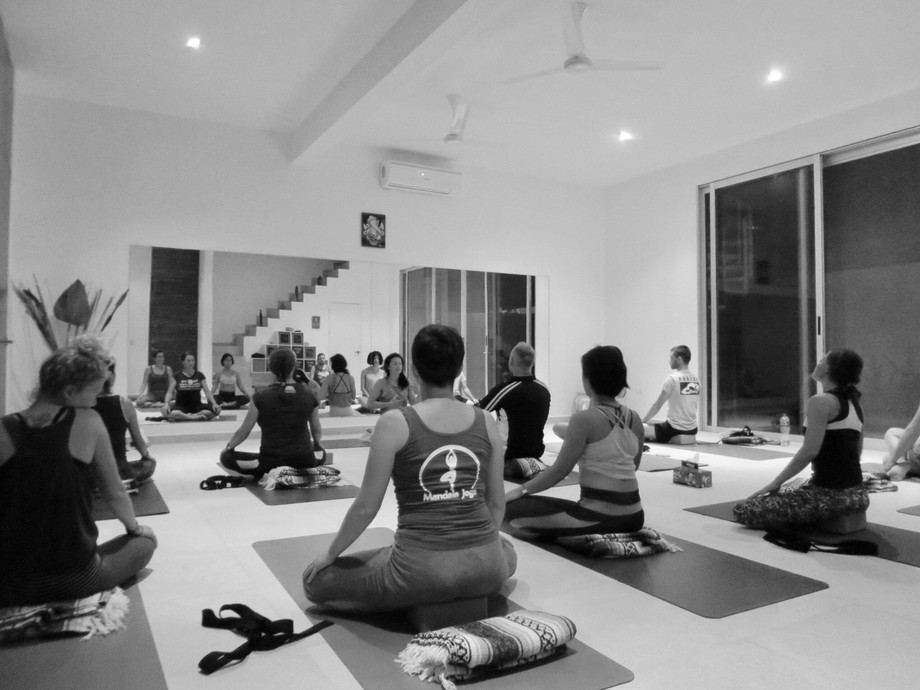Yoga - Beginning and Foundation
Yoga is a deep rooted science comprised of different disciplines of brain and body. The word yoga depends on the Sanskrit action word yuj. It means to add, to finish or to win. It is the perfection of brain and body or the zenith of Jiva and Shiva (the spirit and the all inclusive soul). It is additionally the summit of Purusha and Prakriti (yin and yang).
The extent of the word yoga is exceptionally wide. There are many schools or frameworks of yoga. Jnana Yoga (Yoga through information), Bhakti Yoga (Yoga through commitment), Karma Yoga (Yoga through activity), Raja Yoga (Regal or Incomparable Yoga) and Hatha Yoga (Yoga by adjusting the contrary standards of the body). This large number of schools of yoga are not really totally different from one another. They are like strings of a solitary material, snared with one another. For millennia, yoga has been seen as a successful strategy for personal development and otherworldly edification. This is basically the thing this multitude of frameworks hold back nothing; techniques for accomplishing it are somewhat unique for every one of them. In its most famous structure, the word yoga is related with the remainder of these frameworks which is Hatha Yoga. In this article additionally the word yoga has been utilized in a similar sense. Be that as it may, with regards to the way of thinking of yoga, which is toward the finish of this article, the term yoga will have a more extensive degree.
Asanas and Pranayama
Allow us to thoroughly search in detail at the really two parts of Hatha Yoga for example Asanas and Pranayama.
Synopsis of the standards:
Every asana has its own advantages and a few normal advantages like solidness, adaptability, better hormonal discharge, feeling invigorated and revived. It is a confusion that an asana (yoga stretch) must be challenging to act to be valuable. A large number of the least difficult asanas impeccably address the vast majority of the general advantages of yoga. Past that, the magnificence of yoga is the way that the vast majority of the advantages are as yet accessible at a less-modern level. This implies that a novice can profit from yoga as much as a specialist.
In their mission to find answers for the enduring of the human body and brain, the pioneers behind yoga tracked down piece of their responses in nature. He saw birds and creatures uniquely extending their bodies to dispose of latency and disquietude. In light of these perceptions, he made yoga extends and named them after the birds or creatures or fish that propelled these stretches. For instance, Matsyasana (Fish present), Makarasana (Crocodile present), Shalabhasana (Beetle present), Bhujangasana (Cobra present), Marjarasana (Feline posture), Mayurasana (Peacock present), Vrischikasana (Scorpion present), Gomukhasana (Cow present) Mouth present) ), Parvatasana (Mountain present), Vrikshasana (Tree present) and so on.
Numerous asanas can be extensively ordered in view of the kind of tension on the midsection. Most forward twist stances are positive strain stances since they apply positive tension by crunching the midsection eg. Paschimatasana, Yogamudra (Yoga Image Posture), Hastapadasana (Hand and Leg Posture), Pavanamuktasana (Air Delivery Posture) and so on. In reverse twisting asanas are negative tension asanas since they ease the heat off the midsection. Dhanurasana (Bow present), Bhujangasana (Cobra present), Naukasana (Boat present) and so forth. The two sorts of asanas give incredible stretch to the back and mid-region and reinforce both these organs. Switching back and forth among positive and negative strain on a similar region of the body escalates and increments blood dissemination around there. By applying strain to the muscle bunch being utilized, there is a more noteworthy inventory of oxygen and blood. eg. Yogamudra (the image of yoga) applies positive strain on the lower mid-region, which stirs the Kundalini. Hastapadasana revives the rear of the legs and every one of the nerves of the back. Therefore you feel new and revived. Vakrasana gives a decent back rub to the pancreas and liver and is in this way suggested for diabetics.
For more Info:-

Comments
Post a Comment